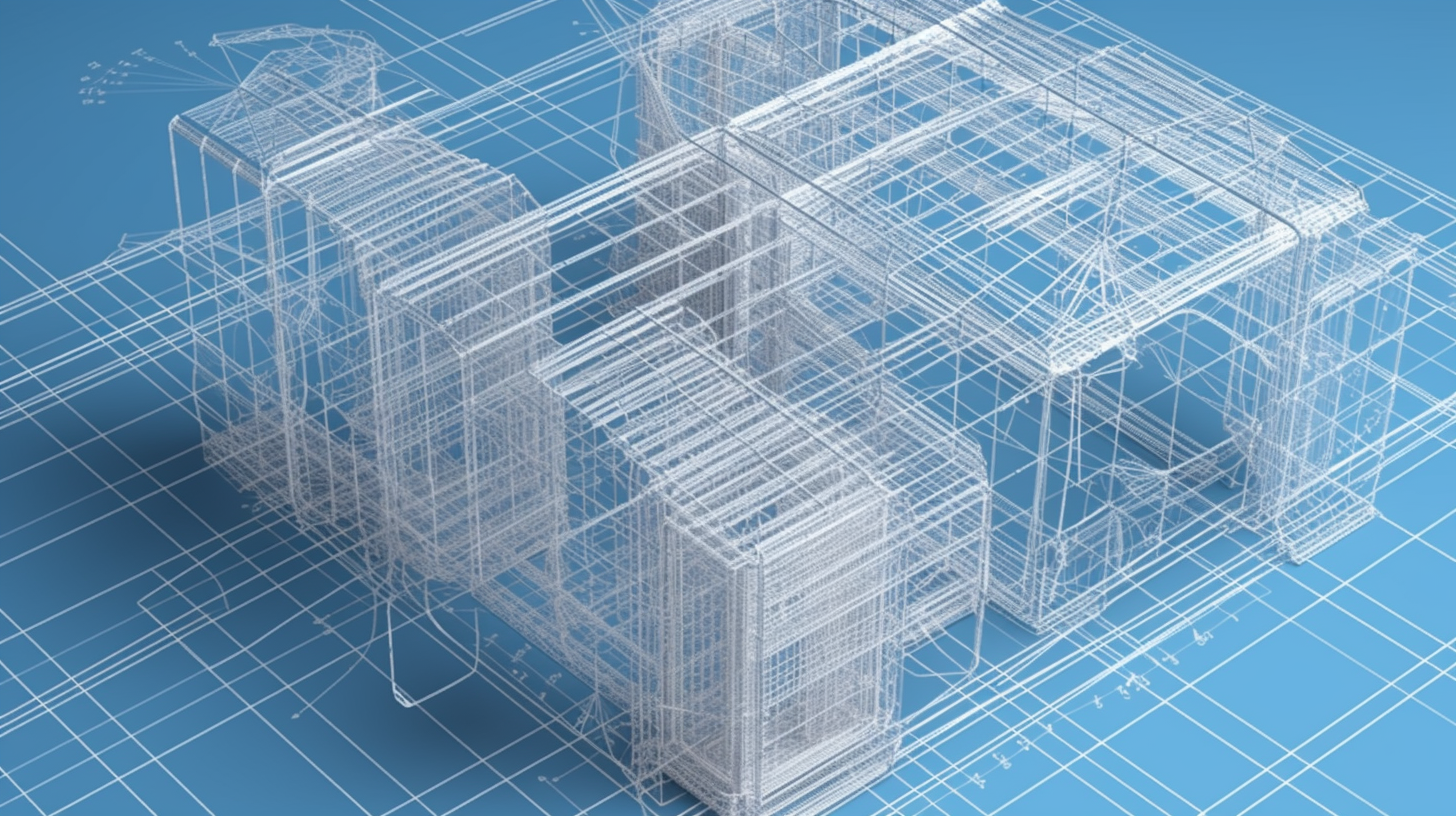Demystifying the Standard Object Architecture and Relationship Model: A Deep-Dive Into the Salesforce Certified Administrator Exam

Whoo! Folks, grab your hats because we're diving deep into the belly of the beast. The Salesforce Certified Administrator exam, bless its heart, has a reputation for its intricate, detail-oriented questions. Heck, half the challenge is just understanding the terminologies! One such mind-boggler, and our focus for today, is the Salesforce standard object architecture and relationship model. Now, don't let this mouthful unnerve you: we'll unravel this riddle, breaking it down step-by-step, nice and easy.
To start, we'll nail down the basics. In Salesforce's realm, we view an 'object' as a database table that holds your business data. Think of it as a warehouse of information, neatly compartmentalized to stay organized. 'Standard objects,' however, are pre-defined by Salesforce. They're the building blocks of Salesforce applications, like Accounts, Contacts, Leads, Opportunities—you get the drift.
Now, get this—the real beauty, the secret sauce, lies in the cleverly constructed 'relationship model.' Picture this like a choreographed dance, where each object knows its steps and moves in harmony with the others. Your data isn't just stored in isolated silos; each object interacts with others, forming rich, intricate patterns of relationships. This is our crux, folks—the standard object architecture and relationship model that Salesforce, in all its genius, has managed to execute spectacularly.
The Academics of Object Architecture and Relationship Model
Ladies and gents, let's roll up our sleeves and dive into the nitty-gritty of object architecture and relationship model from an academic lens. Salesforce architecture is built around connecting standard objects into practical, meaningful relationships to represent your organization's data model. These relationships are broadly classified into three types; master-detail, lookup, and junction.
The master-detail relationship is an inseparable bond, a real joined-at-the-hip situation. Here, the master record controls the behavior of the detail record. Any tampering with our master and, poof, the detail also vanishes!
Next, we have the lookup relationship, our casual connector. Ideal for situations where you want to link two objects but keep their behavior independent. Deleting one record doesn't sign the death warrant for the other.
Finally, the junction relationship—a bit of a maverick, this one. This three-way relationship allows an object to have multiple parents, with the child object forming a junction between the two masters.
These relationships give Salesforce its data-modeling prowess. A well-designed relationship model reduces data redundancy, improves data integrity, and provides an intuitive, user-friendly experience.
The Statistics Story
Now, for my number lovers out there, let's talk statistics. A quick trip down memory lane, back to 2018, reveals jaw-dropping figures. An astounding 83% of Salesforce Certified Administrators reported a significant impact on their careers post-certification. Turn the pages to 2021, that figure skyrockets to 95%! But hold on, it gets even better. Promotions came to around 37% of these superstars within 12 months of certification. Indeed, if this isn't a testament to the importance of diving deep into Salesforce's architectural depths, I don't know what else could be!
These figures aren't just numbers but a reflection of the power and potential that Salesforce holds. As vast and complex the Salesforce ecosystem appears, understanding its standard object architecture and the relationship model isn't just beneficial—it's a game-changer. It's the magical key to unlock a trove of opportunities, a pivotal step towards acing that Salesforce Certified Administrator Exam. So gear up, folks, because it's time to embrace the beast and charge ahead full steam!
With that said, we'll conclude our deep exploration of the Salesforce Standard Object Architecture and Relationship Model. We've ridden a rollercoaster, yet we've come out victorious. Remember, maintain an open mind, keep your fingers busy, and your eyes locked firmly on the prize. After all, what's a little hard work for that ticket to the big leagues? Good luck!